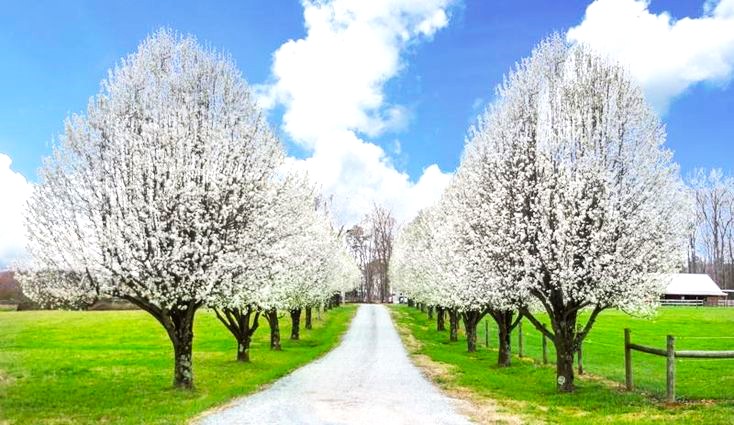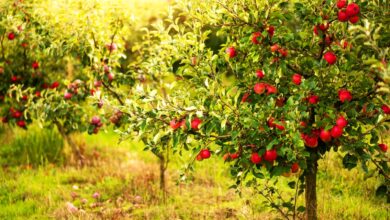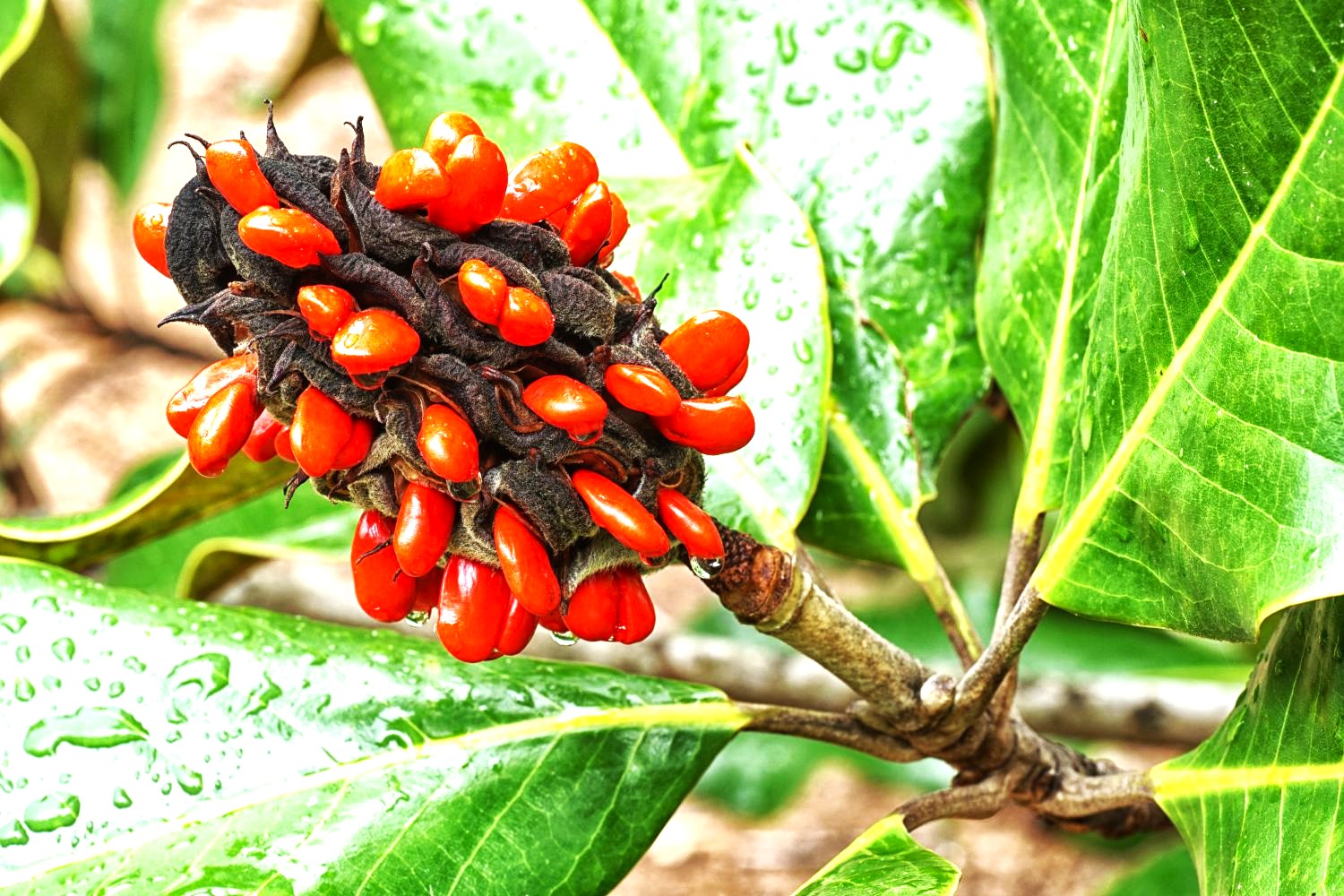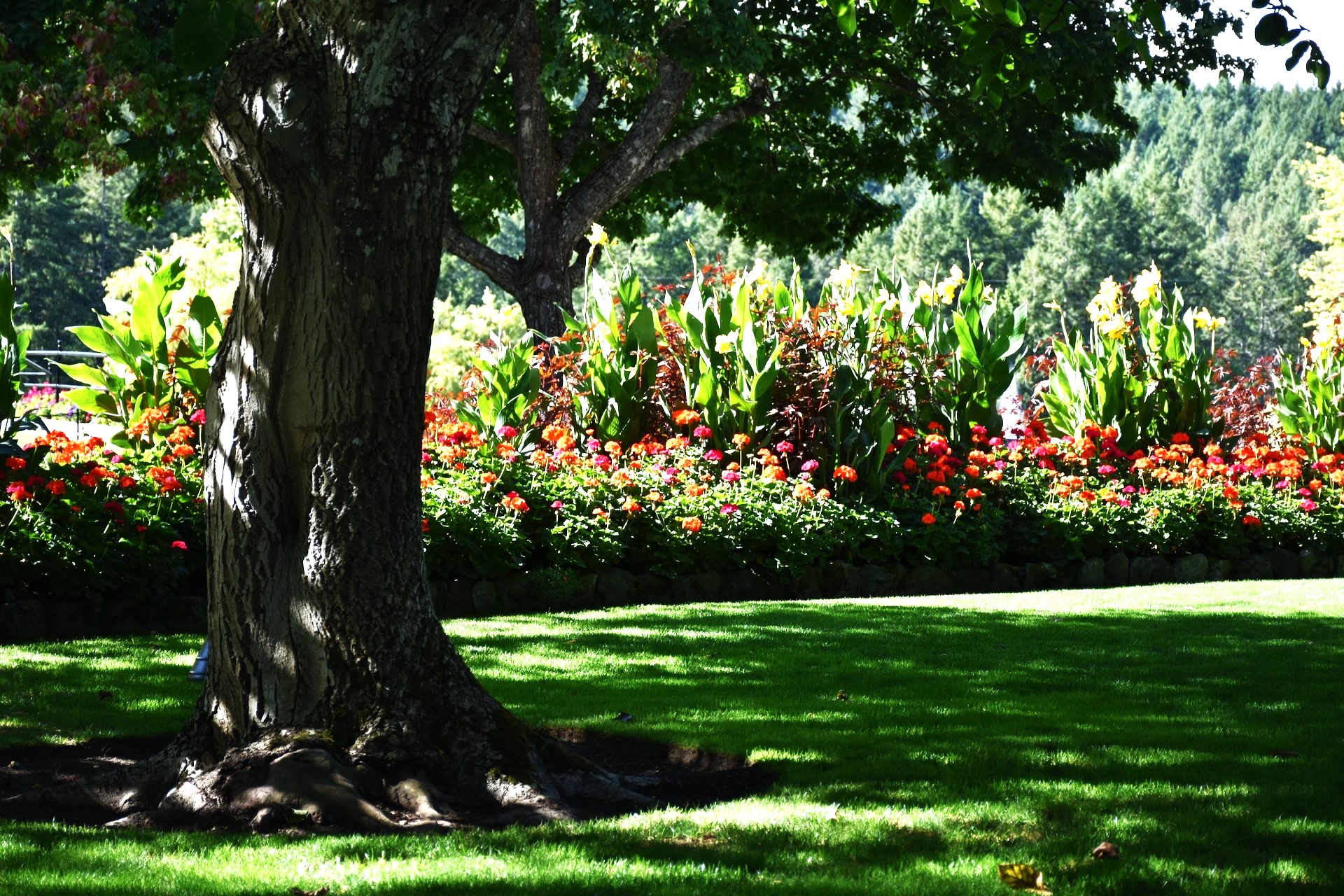Golden Cypress Care: Golden Leyland Cypress Tree Growing Tips
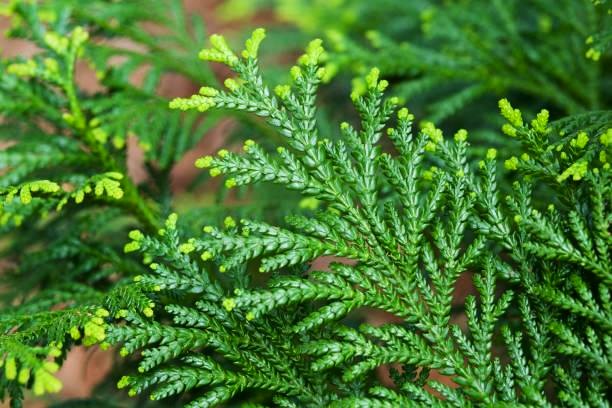
Look no further than the golden-colored cypress if you’re looking for high-impact golden foliage with the ease of an evergreen. The two toned, yellow-scaled leaves of the golden Leyland tree, as it is also called, add vivid color and contrast with other typical green plants. See if a golden Leyland cypress is the best plant for your garden by reading on.
A Golden Leyland Tree: What Is It?
One unusual specimen that really makes a statement in the landscape is the golden Leyland cypress tree. The plants are excellent as standalone details or hedges. These are incredibly resilient plants that thrive in USDA zones 5 through 9. To enhance their golden hue, plant them in direct sunlight.
Cultivars like Castlewellan Gold and Gold Rider are among your options. Both are well-liked hedge trees or ornamentals. With their naturally occurring pyramidal form and slightly curved branches that highlight the lime green interior, the trees require little to no shearing. If exposed to full sun throughout the winter, the striking golden yellow tips of the foliage will hold their color.
Golden cypress grows more slowly than traditional Leyland cypress; in ten years, it will reach a height of roughly 10 feet (3 meters). The width of mature trees is about 15 feet (4.5 meters).
Golden Cypress Maintenance
Use golden cypress as a windbreak, in large containers, in coastal landscapes, or in any other situation where a striking backdrop color is needed.
The trees can withstand spots with some shade, but the color will be less vivid and may even turn green in the winter.
The site needs to be well-draining and tolerant of any soil pH. Plants of Leyland cypress dislike “wet feet” and will not grow well in soggy soil. Water young plants regularly until they become established. Except in the most intense heat or in sandy soil where moisture evaporates too quickly, mature plants can withstand drought.
Although gold-colored cypresses don’t require much in the way of nutrients, they should be fed in the early spring with a time-release granular fertilizer if their soil is poor.
The tree rarely needs to be pruned as it develops a lovely branch system with layers that arch. At any moment, remove any broken or dead branches. Staking early on can help young plants develop strong, straight trunks.
But overall, this is a lovely, low-maintenance tree that can be used for a variety of purposes in the garden.

